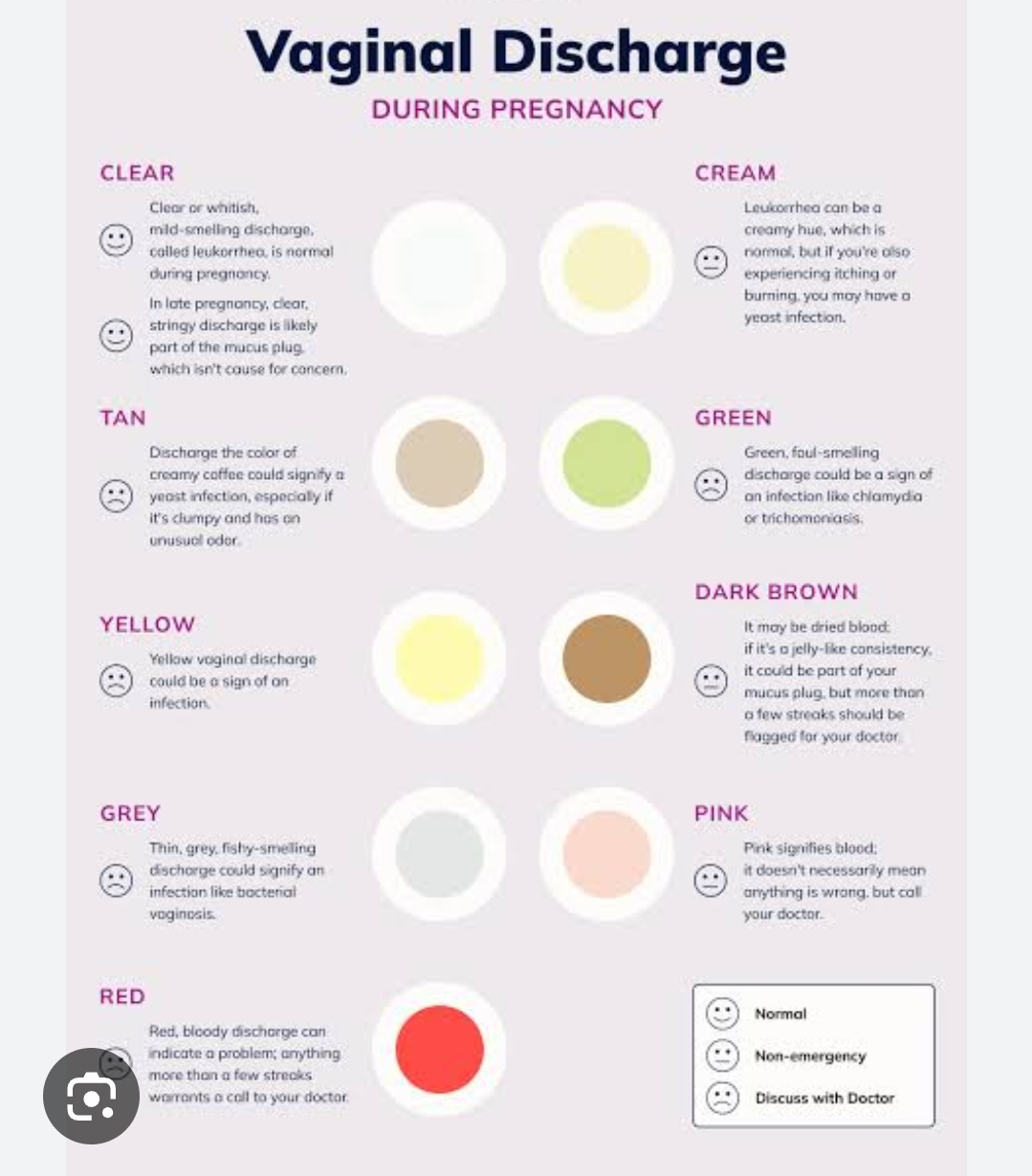
During pregnancy, vaginal discharge is a common occurrence due to hormonal changes and increased blood flow to the pelvic area. It's typically clear or milky white, and it might become more noticeable as pregnancy progresses. However, any changes in the discharge should be monitored closely to ensure they are not signs of infection or other complications. Here’s a breakdown of what to expect and how to care for it:
Normal Vaginal Discharge in Pregnancy
Leukorrhea: This is the term for the normal, thin, milky white discharge that most pregnant women experience. It is typically odorless or has a mild scent and is caused by increased estrogen and blood flow to the vaginal area.
Amount: The discharge may increase during pregnancy, particularly in the second and third trimesters.
When to Seek Medical Attention
Certain changes in vaginal discharge can signal infections or other issues that need medical attention:
Green, yellow, or gray discharge: This could indicate a bacterial infection, such as bacterial vaginosis.
Strong, foul odor: A strong, unpleasant smell can be a sign of infection.
Clumpy or cottage cheese-like discharge: This could be a sign of a yeast infection (candidiasis).
Blood-tinged discharge or spotting: Light spotting can be common, especially early in pregnancy, but heavier bleeding or consistent blood-tinged discharge, particularly after the first trimester, should be checked by a healthcare provider.
Itching, burning, or irritation: These symptoms often indicate an infection, such as a yeast infection or sexually transmitted infection (STI).
Care for Vaginal Discharge During Pregnancy
Wear breathable, cotton underwear: This helps to reduce moisture buildup, which can encourage bacteria growth.
Avoid douching: Douching can disrupt the natural balance of bacteria in the vagina and may increase the risk of infection.
Maintain proper hygiene: Gently cleanse the vaginal area with water (avoid harsh soaps or scented products) and dry thoroughly.
Change sanitary pads or panty liners regularly: If you wear panty liners due to increased discharge, change them frequently to avoid irritation.
Stay hydrated and eat a balanced diet: Proper nutrition supports overall health, including vaginal health.
Consult your doctor if discharge changes: If you notice any unusual changes, like foul odor, color changes, or discomfort, see your healthcare provider to rule out infections.
Key Takeaways
Mild, clear to milky white discharge is common and usually harmless.
Increased discharge is a normal part of pregnancy but should be monitored.
Discharge that is green, yellow, gray, has a strong odor, or is associated with irritation may indicate an infection and should be evaluated by a doctor.
Regular hygiene and lifestyle choices can help manage normal discharge and reduce the risk of infections.




